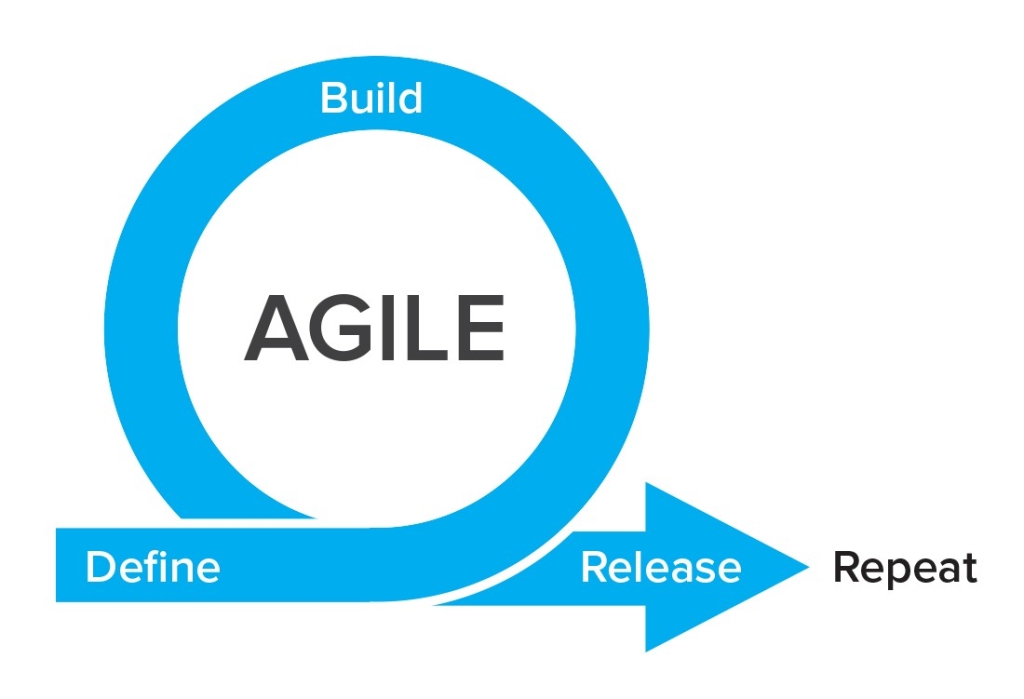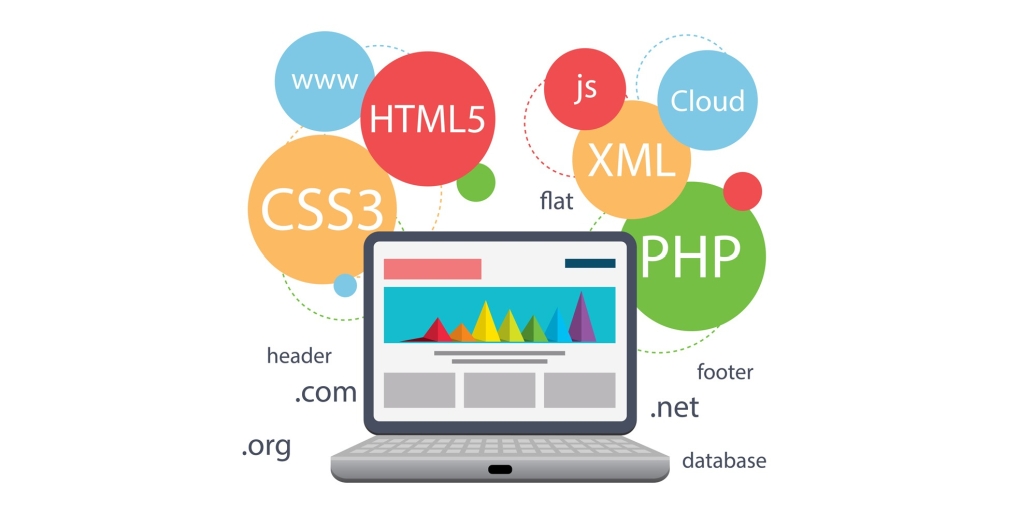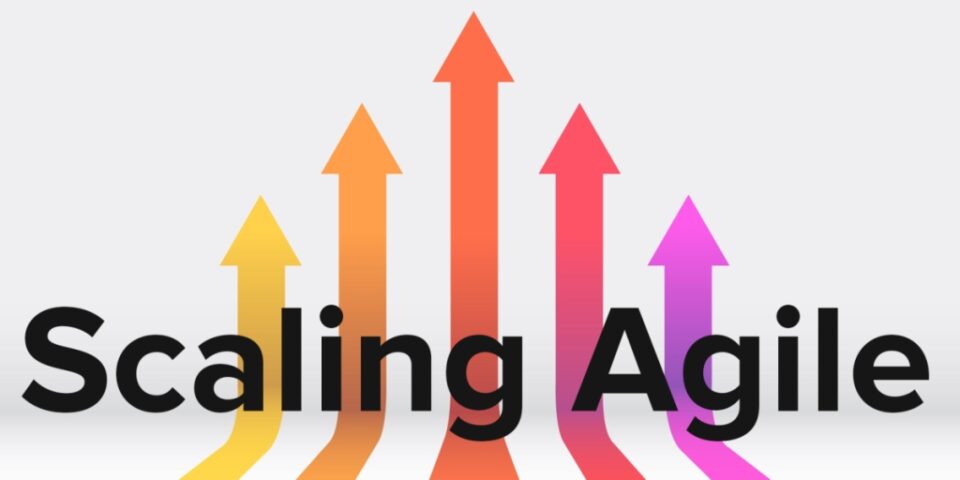When a team uses agile methods, they can identify and respond to new requirements quickly. By using agile methods, teams also stay nimble and avoid being burdened by process. When teams work with the Scaled Agile Framework, they can benefit from both: the agility of an agile team and the rigor of a more structured team. The Scaled Agile Framework (SAFe) is an Agile methodology that was developed at LeSS, a software development company based in New York and Stockholm. Although it is still relatively new, SAFe is gaining a following among large organizations, and is being used as a framework for an implementation of the Lean software development approach. The framework was developed through the collaboration of more than 160 companies and organizations.
You may have heard of the Scaled Agile Framework (SAFe) from its creator Dean Leffingwell, or from Scaled Agile, Inc. (SAI), the company he founded to support the framework. SAFe has been around since 2011, when it was released as an alternative to Agile, which has been around since 2001. Agile is a widely used framework for creating software, but SAFe was designed to be used in organizations of all types, not just software companies. SAFe is designed to reduce unnecessary bureaucracy in your software development process, allowing your team to move quickly and efficiently towards its goals.
Many companies have switched to agile methods, especially in the IT sector. That’s good, but living in today’s fast-paced world requires more. This is especially true for large organizations. Large companies generally face challenges that smaller, more agile companies are unable to meet due to the changing industry. We need a system that allows companies to fail fast and succeed even faster, and that brings about significant changes in activities, culture and actions.
What is the agile framework?

Digital transformation requires adaptability and a commitment to a more flexible approach to work. Agile methodology, with its iterative process, offers a remedy. However, complex systems may struggle to deploy technology, and this is where the principle of scaling becomes essential. To understand the scaled agile framework, one must first understand what agile is and its impact on business. The traditional method used by companies requires a significant amount of time before a company can launch its product or service. They usually go through the following stages:
- They must first find a problem to solve, and then determine how they will solve that problem;
- Make a product, and,
- Test it to see if it solves the problem they identified at the beginning.
While this method produces significant results for some companies, the fact that the process can take so long makes it less than ideal for many. In addition, companies or teams may come up with new ideas during the process, which can delay implementation. It also happens that the ideas you had a few months ago are no longer relevant. When this happens, you have to go through complicated procedures to change or modify something that is not practical. On the other hand, Agile is one of the major software methodologies used by organizations for continuous flow and rapid learning. Instead of planning for months before making a product, Agile allows companies to make a product in a short period of time. This method allows them to see how the products work. You can get a feel for the build process right away, and then build a few more if they work well. By using agile methodology, you create predictability in your team, learn faster and save time in product development. The agile methodology allows you to focus on building a product that creates immediate value. This leads to a smooth process in the development and implementation of products or services.
Fundamentals of the scaled agile framework

Because agile typically works within a particular team focused on a single product, it is difficult to implement in large organizations. This is because large organizations generally offer more than one product or service. That’s where the Scaled Agile Framework (SAFe) came in. However, the goal is to create the same lean development mindset throughout the enterprise, not just at the team level. To do this, SAFe provides a simple and clear software development environment. The environment consists of a set of organizational models and processes that help companies scale lean and agile practices. SAFe is divided into three areas: At team, program and portfolio level.
Portfolio level
Managers and executives set the organization’s vision, strategic goals and plans at the portfolio level. It helps companies solve problems such as financing, product roadmaps and change management. They also learn how to use Lean concepts to track their progress toward their goals. At the portfolio level, the business, vision and architecture are defined. These three factors are likely to lead to large-scale development projects. The epics and visions are then passed to the SAFe programming phase, where they are broken down and scheduled into the necessary release trains.
Program level
Tasks and actions required for the continuous delivery of solutions using the Agile Release Train (ART) and performed at the program level. ART is a group of agile teams that regularly deliver features that add value to customers. Project teams, stakeholders, and other resources are dedicated to critical and ongoing program-level system development projects.
Operating level
An agile team is a cross-functional group of up to eleven people that defines, creates, evaluates and delivers incremental value in a short period of time. As mentioned earlier, agile companies prefer small groups. Indeed, the level of communication deteriorates as the size of the team increases. To solve this dilemma, SAFe uses Agile Scrum development at the team level. Scrum is an iterative approach to product development that focuses on consistent delivery. The pace of delivery depends on inter-functional teams, a series of ceremonies and a few ad hoc support functions. Once SAFe is launched at the program level, each iteration is considered by the team when planning at the micro level. Iteration requires that agile teams have a set amount of time to work and test systems for value.
Why use the scaled agile framework?

Here are some of the benefits that the scaled agile framework can bring to a large organization.
1. Improves employee engagement
Employee engagement is an effective way to take a company from small to large. SAFe can help achieve this goal. An agile team is cross-functional and self-organizing to prepare, execute, and complete work to achieve the organization’s goals. With SAFe, teams have a clear idea of what they want to do and are excited about it because they are involved in its creation. Transparency and open communication build healthy relationships that lead to increased collaboration and a better atmosphere for successful teamwork.
2. SAFe increases power
With SAFe ensuring that teams are aligned with the product, the constant interaction creates a high level of clarity. This will enable them to better understand the results of their work and thus raise stakeholder expectations. This consistent rapport, work balance and openness at the client level significantly improves the quality of work and overall productivity. SAFe can also help organizations achieve optimal productivity in meetings and production. It can also ensure that flexible strategies continue to help companies produce high quality products within short time frames.
3. Agreed business targets
One of the benefits of SAFe is the ability to align teams with business objectives. This balance can often be lost in an agile environment that takes a bottom-up approach, as testers and developers lose sight of the big picture of business goals. On the other hand, SAFe’s top-down orientation and centralized decision-making ensure that strategic priorities are always in mind and that all decisions are made in support of these objectives.
4. Accelerated entry into the market
Scaled agile frameworks enable organizations to quickly deliver value to customers. This reduces load and batch size for rapid transfer of work into programs. This increases productivity and value, which can lead to customer loyalty and team engagement.
5. Best quality
Quality is necessary for organizations to grow and respond quickly to changes in the market environment. These practices fit into the Scaled Agile framework and ensure fluidity at all levels and across all teams. Large organizations must be able to rely on a secure environment, and without quality assurance, this is not possible. Unnecessary rework and reduced speed thus lead to undesirable results.
Concluding remarks
If you work in a large organization, using the staggered agile framework is an option to stay efficient. SAFe ensures that all members of your organization agree on the goals of the company. This improves product quality, increases employee engagement and productivity, and results in a faster return on investment.The Scaled Agile Framework (SAFe) is a software development framework created by Dean Leffingwell that brings together the best elements of several other high-performing methodologies. Dean, an established expert in the software development field, wanted to develop a framework that made scaling software development teams, projects, and practices easier.

